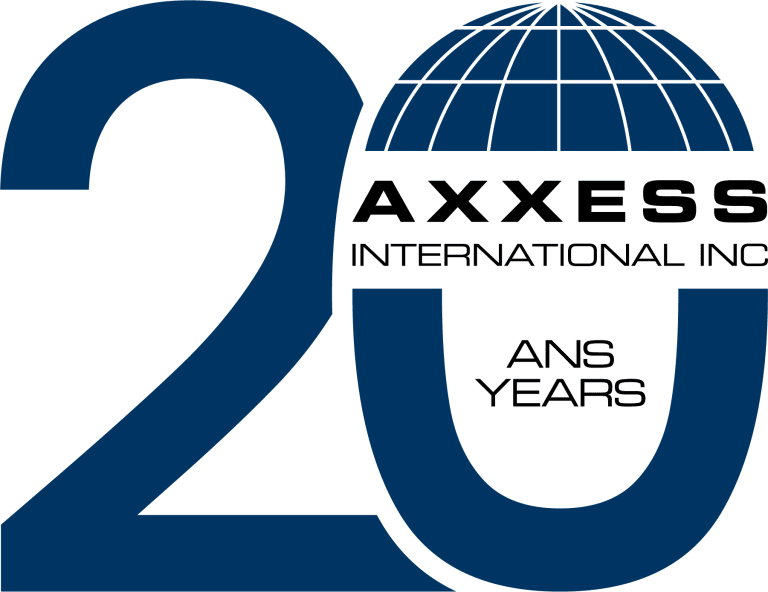Importing steel, aluminum, copper, or derivative products into the U.S.? Recent changes to Section 232 tariffs demand your attention.
On June 3, 2025, a Presidential Proclamation introduced revised duty assessments on derivative products and added new tariffs on copper. These updates carry significant implications: incorrect declarations or missing documentation can result in overpayments, audits, or even penalties for non-compliance.
To help you navigate these changes, we’ve prepared a comprehensive FAQ that explains what’s new, how to correctly declare your imports, and the records you’ll need to maintain for U.S. Customs.
1. What changed with the June 3, 2025 Presidential Proclamation?
The proclamation revised how Section 232 duties are assessed on derivative products. Importers can now uniformly assess the 232 duty only on the steel or aluminum content, regardless of the product’s classification in the Harmonized Tariff Schedule (HTS).
Click here for the official declaration.
The tariffs became effective on August 1, 2025, at 12:01 a.m. EDT, applying to all entries and withdrawals from warehouse for consumption.
A 50% ad valorem tariff is applied to qualifying copper imports under Section 232.
Importers must split the declaration into two lines:
- Line 1: Value of the non-steel/non-aluminum or copper content (subject to reciprocal tariffs based on country of origin).
- Line 2: Value of the steel/aluminum or copper content (subject to Section 232 duty).
Importers can add the information on :
- Proforma invoice : The information can be indicated on the proforma invoice, indicate all the required information regarding the steel/aluminum/copper.
- Complete the Addendum for steel & aluminum or copper:
Click here to download the Copper addendum.
Please note this information should be provided at time of clearance.
5. What if I can’t determine the steel / aluminum / copper content?
If you cannot identify or substantiate the steel/aluminum/copper content with documentation (e.g., mill certificates, bill of materials), the entire product value will be subject to the 50% Section 232 duty. Please indicate the following note on the proforma invoice : “Section 232 duties applicable on the total value’”.
6. How is the steel/aluminum/copper value calculated?
CBP requires valuation based on the Customs Valuation Agreement (19 U.S.C. §1401a):
- It is calculated based on the transaction value (selling price to your customer)
- the total payment made/to be made for the metal content by the buyer to, or for the benefit of, the seller of the metal content.
- Normally, this would be based on the invoice paid by the buyer of the metal content to, or for the benefit of the seller of the copper content.
- Exclude international shipping, insurance, and related costs.
7. Can I itemize additives or conversion costs separately to avoid duty?
No. CBP has clarified that non-metal additives (e.g., alloying agents, coatings) and conversion costs (e.g., labor, overhead, profit) cannot be separated to reduce the 232 duty. Doing so may be considered non-compliant and could lead to enforcement actions.
8. If the primary country of smelt, secondary country of smelt (if applicable), and country of most recent cast of aluminum products cannot be provided can we declare country “unknown” ?
No. for aluminum goods, it is required to report the country of smelt and/or cast, otherwise, the 200% duty will apply.
9. Given the minimal duty impact and the frequency of sample shipments, is there any exception or threshold that exempts such low-value aluminum content from full Section 232 reporting?
Starting August 29th, Section 321 is no longer valid, the shipments under $800 will require Customs clearance. There is no exception for a low-value aluminum content, if the good is subject to Section 232, the 50% duty will apply.
10. What documentation should I keep?
To support your declaration and avoid penalties:
- Maintain mill certificates, bills of materials, and purchase invoices.
- Be prepared for CBP audits or requests (e.g., CF28).
- Ensure your records clearly substantiate the steel/aluminum content and valuation.
Improper declarations may result in:
- Duty overpayments or underpayments
- CF28 requests, audits, or investigations
- Allegations of willful negligence
- Potential penalties or enforcement actions




